How to Take Care of Your Favourite Silk Saree during Monsoon?
How to Take Care of Your Favorite Silk Saree during Monsoon?
A silk saree is a must have in every woman’s cupboard. Be it a brand new Bhagalpuri silk saree with intricate embroidery work that you got with your first salary or a simple Sambalpuri Pasapalli that once belonged to your grandmother, one thing is for sure that wearing a silk saree during Durga Pooja or Rath Yatra, can never go wrong!
But come monsoon, and taking care of your favorite silk becomes extremely difficult. The excess humidity in the environment during monsoon can cause irreversible damage to your sarees, making it almost impossible to get that authentic ethnic style.
Now that you have fulfilled your wish of having a Tussar silk or Patachitra silk saree of your own, it only seems fair that you want to keep them as new as possible. There are several tips and tricks that have been passed to you from your mother who got the knowledge from her mother on taking care of the silk sarees.
Fret not! As you can still rock that ethnic glam style if you follow the below-mentioned simple but effective tips that can prevent the saree from getting damaged.

9 easy tips to take care of silk sarees at home during the rainy season
We have seen these age-old tricks being followed by our ancestors since childhood, but we often tend to miss out some of the important parts of it. We have tried to put a list so that you can keep it handy whenever you feel there is a need. With these simple DIY (do-it-yourself) tips, you are all set for the next monsoon!
1.Avoid putting the silk sarees into plastic bags
We look forward to wearing our mom’s silk saree for a special occasion. However, we advise not to put the saree is plastic bags as the plastic can humidify the area. The moisture in the humid air can oxidize the zari and turn it dark. Moreover, the humid air can make your garment smell musty. So, keep the sarees with zari folded inside out and wrapped in a soft cotton cloth.
2.Wash the silk sarees at home with protein shampoo or white vinegar
While washing any saree, we often tend to neglect that every type of fabric has a different method of washing. Here is a step-by-step guide on how you should wash silk sarees at home so that the colors do not fade.
- The first and foremost mistake to avoid is washing any piece of silk cloth in hot water. It is a big no-no. Fill the bucket with cold or lukewarm water.
- After this, you can add 1 tablespoon of vinegar or protein shampoo to make a dilute solution.
- Next, turn the saree inside out and slowly submerge it into the bucket of cold/lukewarm water. Let it soak for at least 3-5 mins. Make sure you don’t leave more than that.
- Pull out the saree gently and dip it in another bucket of cold water. Rinse off the extra vinegar or protein shampoo so that the smell washes off properly.
- Take out the saree and wrap it with a dry towel so that the excess water. Do not twist or wring the saree while drying it.
- Hang the silk saree on a drying rack but avoid putting it under sunlight.
Here is a bonus tip for you: With the above washing method, you can wash any type of garment made of silk including silk suits, silk pajamas, silk sheets, silk blouses or silk pillows. The best and safest method to keep the sheen of your saree is to dry clean them.
3.Go for mild salt and warm water bath
Due to the presence of harmful chemicals in the washing detergents or liquid detergents. Often you may have seen that in spite of using the detergents in prescribed amounts, the garment or item loses its shine. The newness is gone! You surely wouldn’t want this to happen with your silk saree.
Hence, ditching any detergent is a much more safe option. Instead, soak the saree in a mild salt and warm water bath. While rinsing, wash the pallu, border and body separately.
In case your silk saree is white, do not use a bleach-based cleaner as it can fade the colour.
4.Do not use dryer after washing
You should never rely on the dryer on the washing machine to dry out the silk saree. The heat from the dryer can cause the fabric to wither and even fade out the colors permanently. Roll the saree in a towel and lay it on a hanger for drying.
5.Iron the saree on a low setting
Designers always suggest that before draping the saree, iron the pallu once more so that the pleats fall neatly. However if the iron is excessively hot, it can burn the saree and ruin it completely. Hence, while ironing make sure that it is at a low setting. To be on the safer side, put a cotton cloth over the saree and then iron it by pressing gently. Start by ironing a smaller spot and gradually, move to the other areas.
6.Use moth repellant while storing the silk sarees
During the rainy season, another issue that keeps us on our toes are insects, moths, etc. Keep naphthalene balls in the cupboard so that the pungent smell drives away these insects. But don’t put these balls near the border or embroidery work as it can discolor these. If possible, put dry neem leaves as these are rich in anti-fungal properties.
7.Put silk saree on hanger while storing in cupboard
This is one of the fundamental tips you should keep in mind while storing silk sarees- use hanger to keep your favorite saree wrinkle-free. People often tend to store their sarees folded and in pile in cupboards. This can result in entanglement of the thread and beads of the embroidery. Although this can work well for cotton or georgette sarees, silk sarees need to be put on hangers.
Also, the metals from metal hanger can react with the fabric and damage the saree permanently. Hence, opt for wooden hangers instead of plastic or metal hangers.
8.Wrap silk sarees in muslin cloth
Wrapping the sarees in muslin cloth allows it to breathe and reduces the probability of a stain due to the moisture. Additionally, it will give the saree some breathing space as well as prevent it sticking to surrounding garments.
9.Store the sarees in dry, cool place
In addition to ensuring that silk sarees are wrapped in muslin cloth and in hanging position, store it in a dry, cool place so that the color doesn’t fade. Silk fabric is very sensitive to the harmful sunlight and can cause discoloration immediately. Also, make sure that you refold the saree every three months so that it doesn’t tear in the fold lines.
💡 Bonus Tip |
|---|
|
Read this bonus tips to know how to take care of your silk saree at home-
Your favorite silk saree can retain its sheen and shine if you choose to follow the above tips meticulously. With proper care, you can prevent sarees that are actually family heirlooms and have been passed on for generation from getting damaged, even during monsoons. So, take out that saree from your cupboard and drape it in infinite ways for the next big occasion! |
priyaodisha.com aims to provide you with real and verified data. That’s why we conduct our research and obtain direct, personal insight. Analyses and graphics in this article are based on authentic sources cross-validated by our in-house experts.
We take great care to ensure the information we publish is reliable and accurate—however, priyaodisha.com takes no responsibility for inaccuracy in information supplied to us by users, research participants, or other entities.
Please note the insight contained within this article is for general information purposes only. We’re glad to answer any questions you may have about this article and its supporting research. For further information, please contact priyaodisha.com Expert directly via email at hello@priyadarshinihandloom.com.






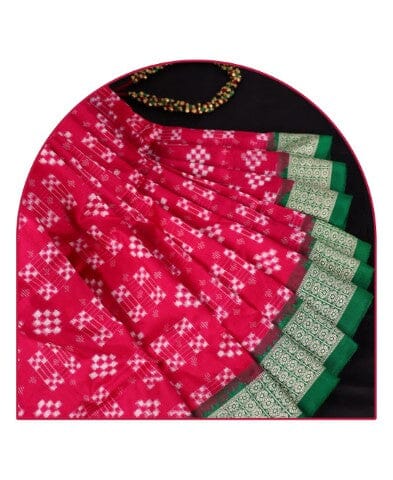
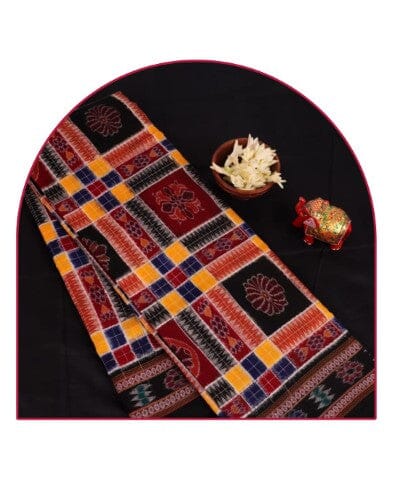
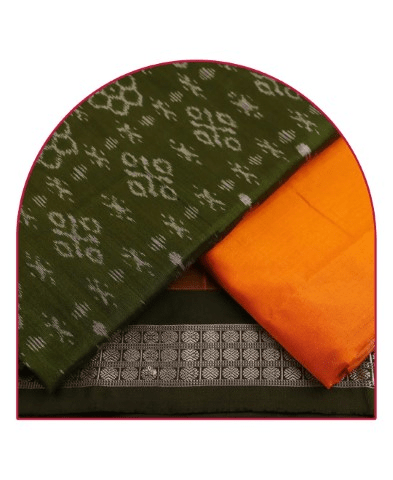

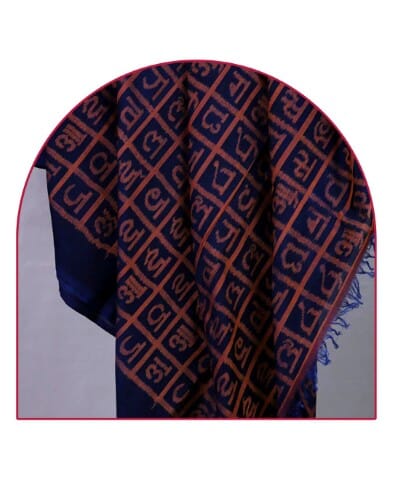














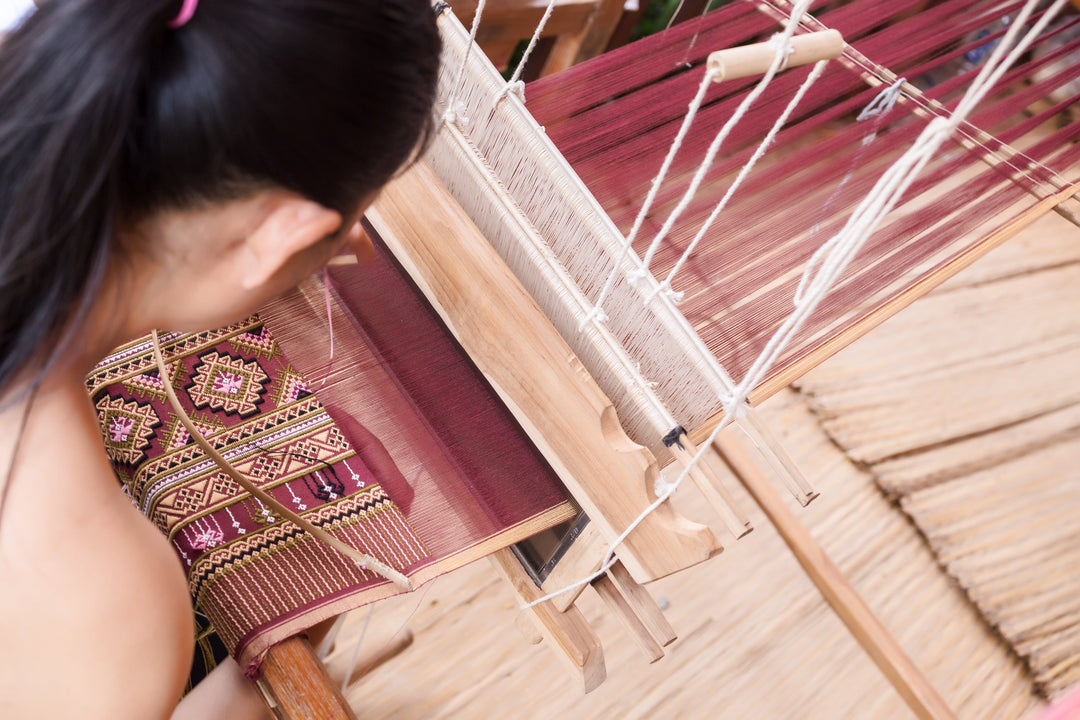
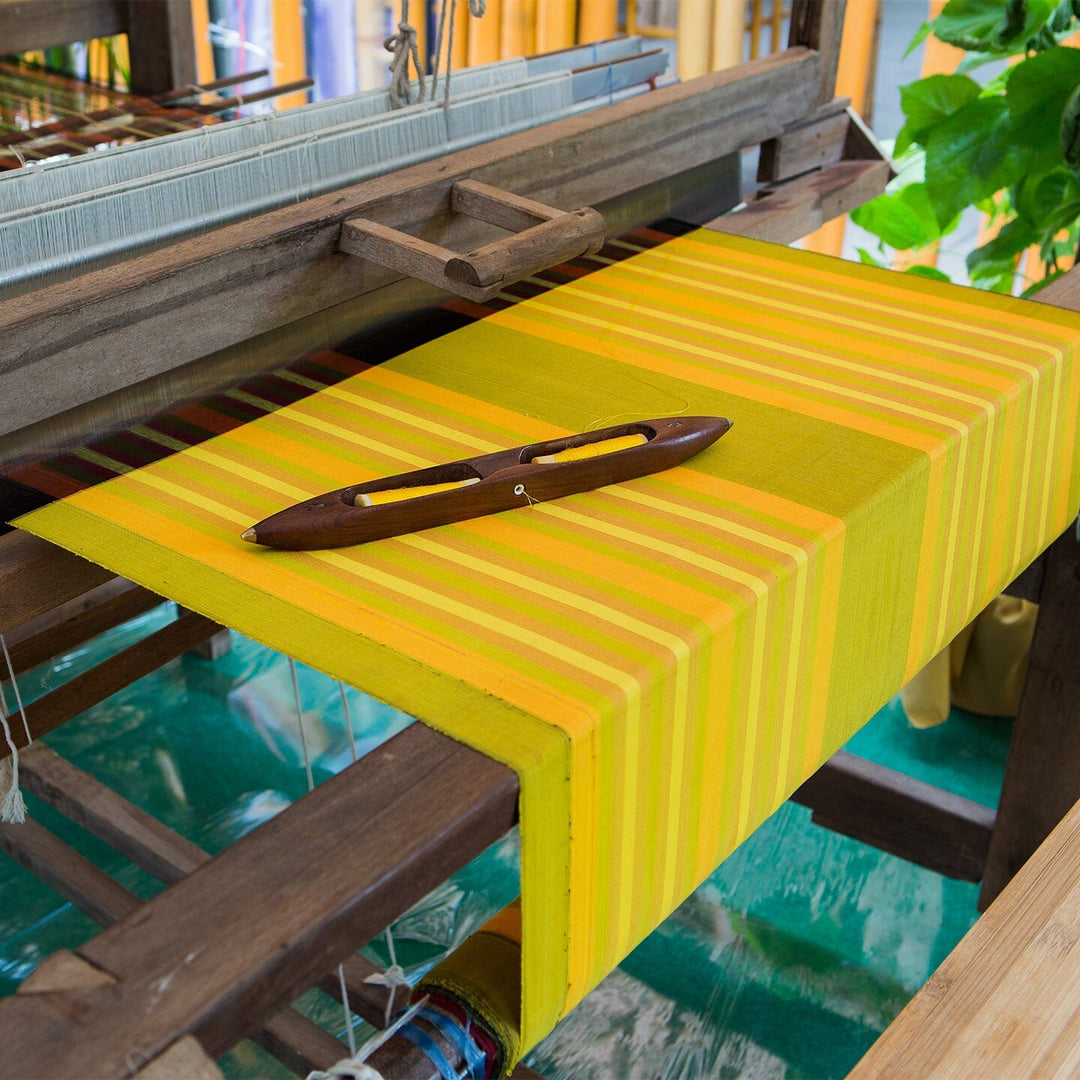
Leave a comment